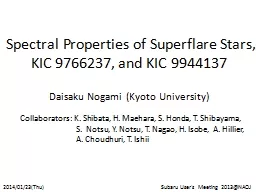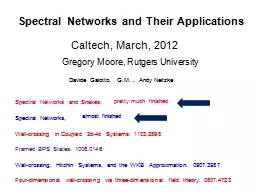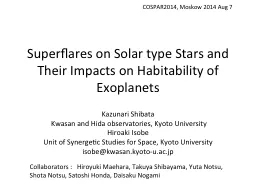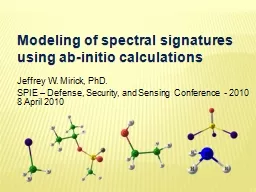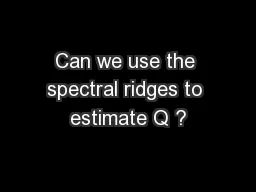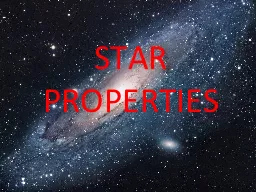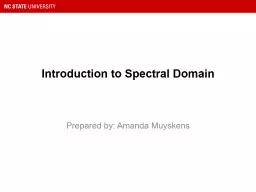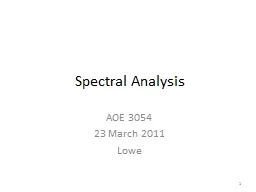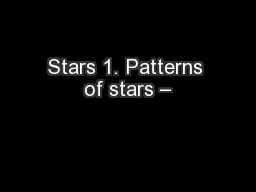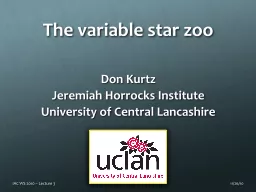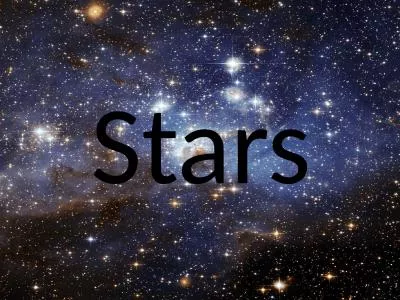PPT-Spectral Properties of Superflare Stars, KIC 9766237, and K
Author : cheryl-pisano | Published Date : 2016-04-19
Daisaku Nogami Kyoto University 20140123Thu Subaru Users Meeting 2013NAOJ Collaborators K Shibata H Maehara S Honda T Shibayama S Notsu Y
Presentation Embed Code
Download Presentation
Download Presentation The PPT/PDF document "Spectral Properties of Superflare Stars,..." is the property of its rightful owner. Permission is granted to download and print the materials on this website for personal, non-commercial use only, and to display it on your personal computer provided you do not modify the materials and that you retain all copyright notices contained in the materials. By downloading content from our website, you accept the terms of this agreement.
Spectral Properties of Superflare Stars, KIC 9766237, and K: Transcript
Download Rules Of Document
"Spectral Properties of Superflare Stars, KIC 9766237, and K"The content belongs to its owner. You may download and print it for personal use, without modification, and keep all copyright notices. By downloading, you agree to these terms.
Related Documents

